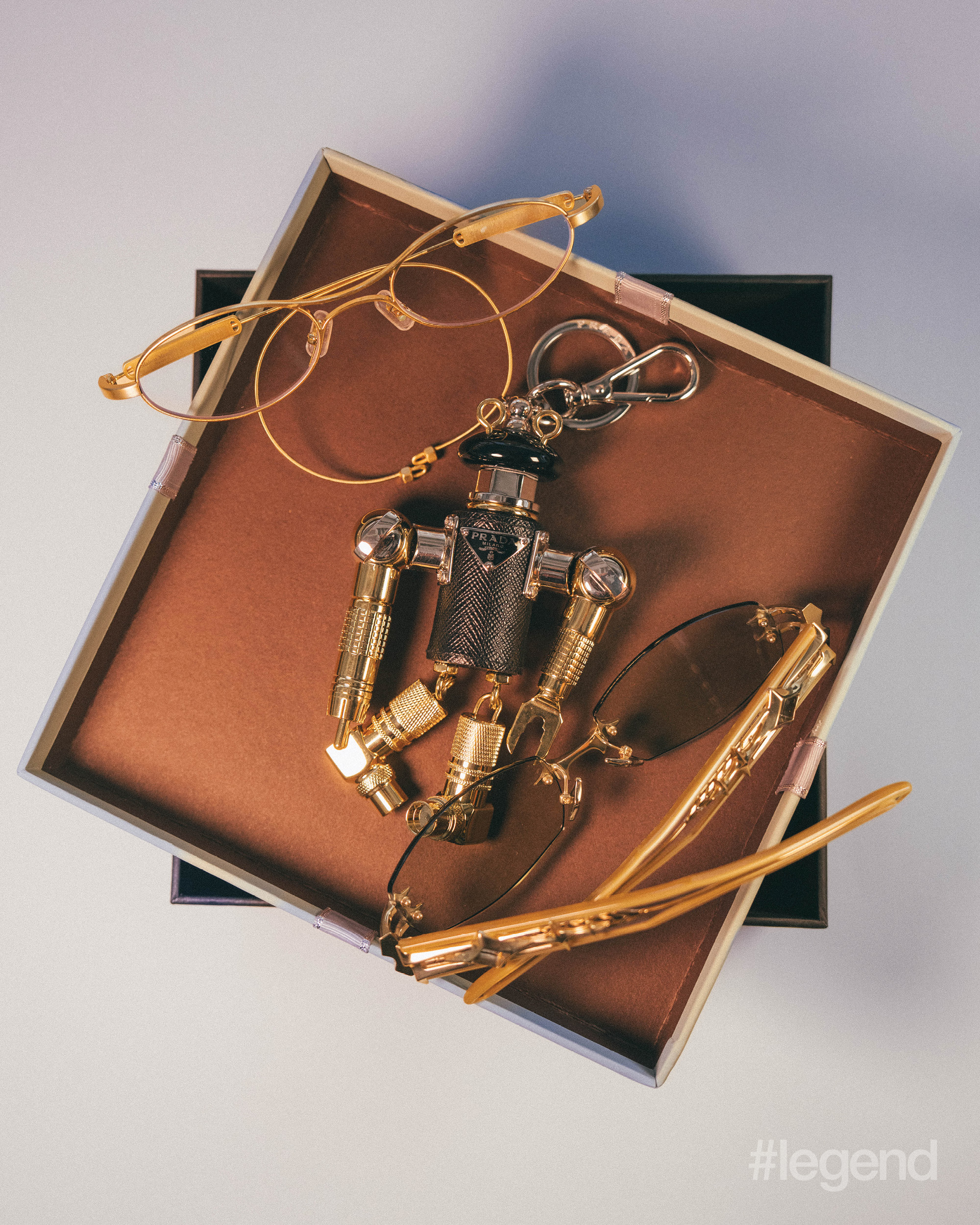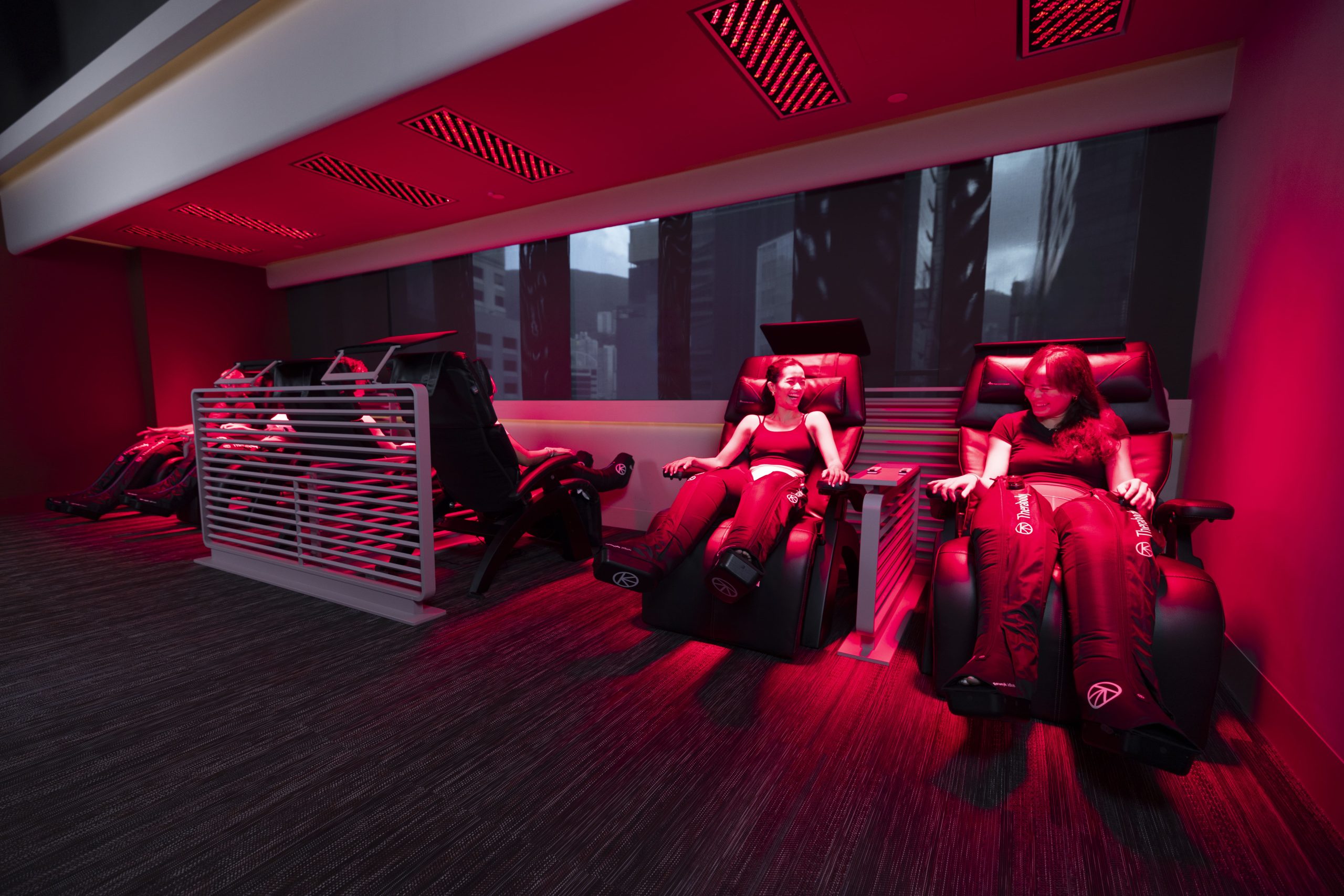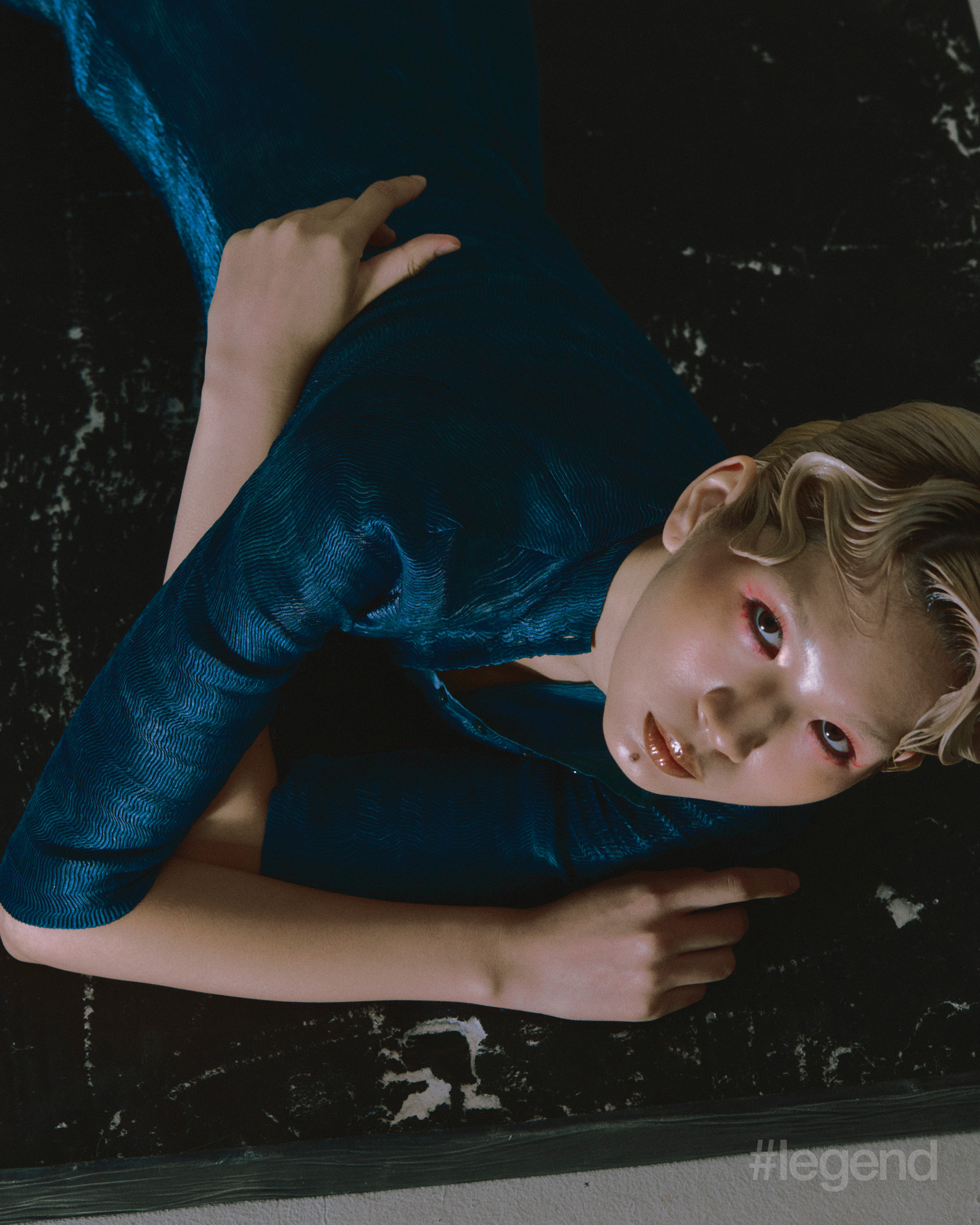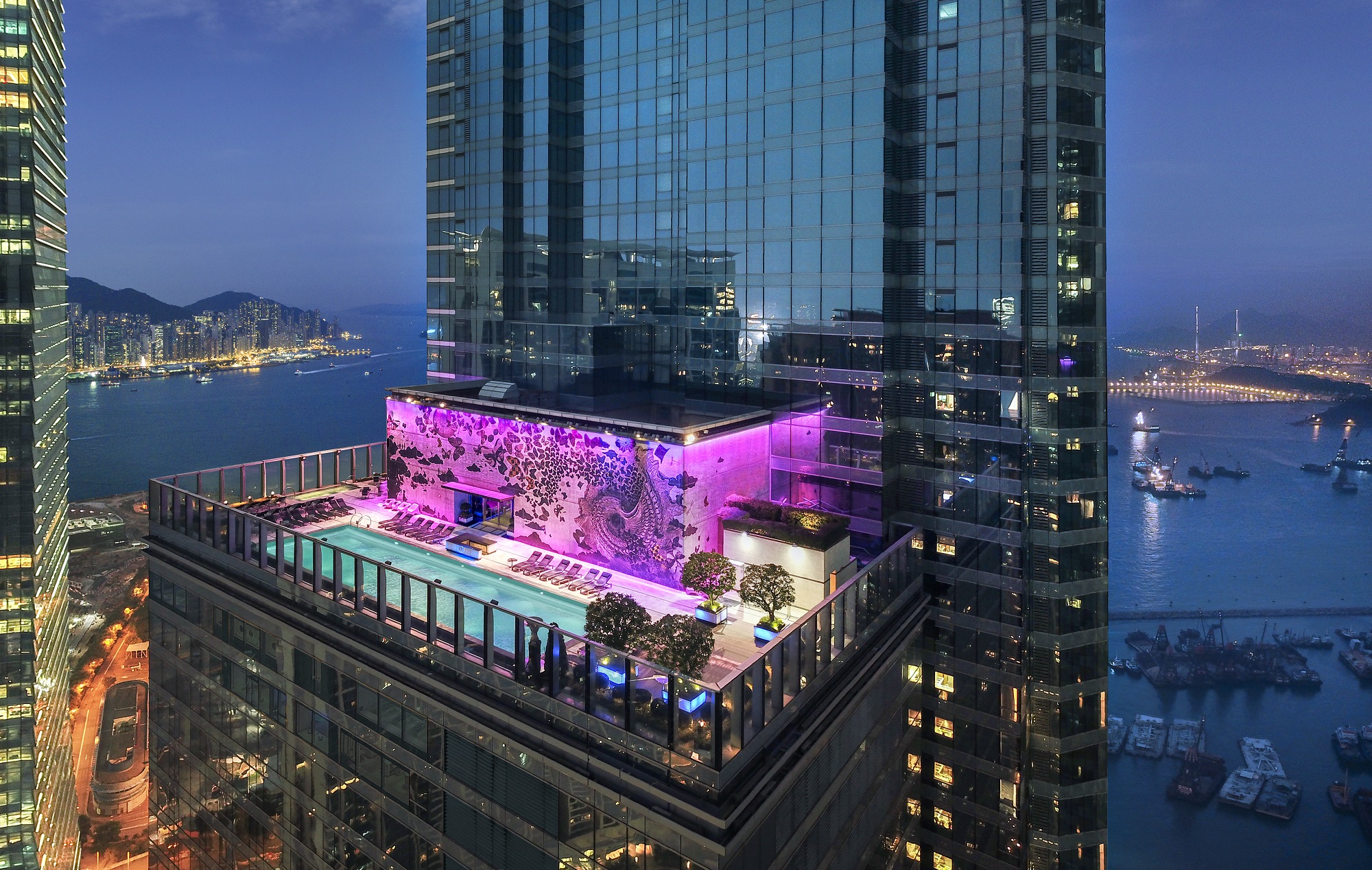Alexandra Fain, co-founder of Asia Now, tells Dionne Bel how Europe’s first and only fair dedicated to showcasing artists from across Asia has evolved over the past 10 years
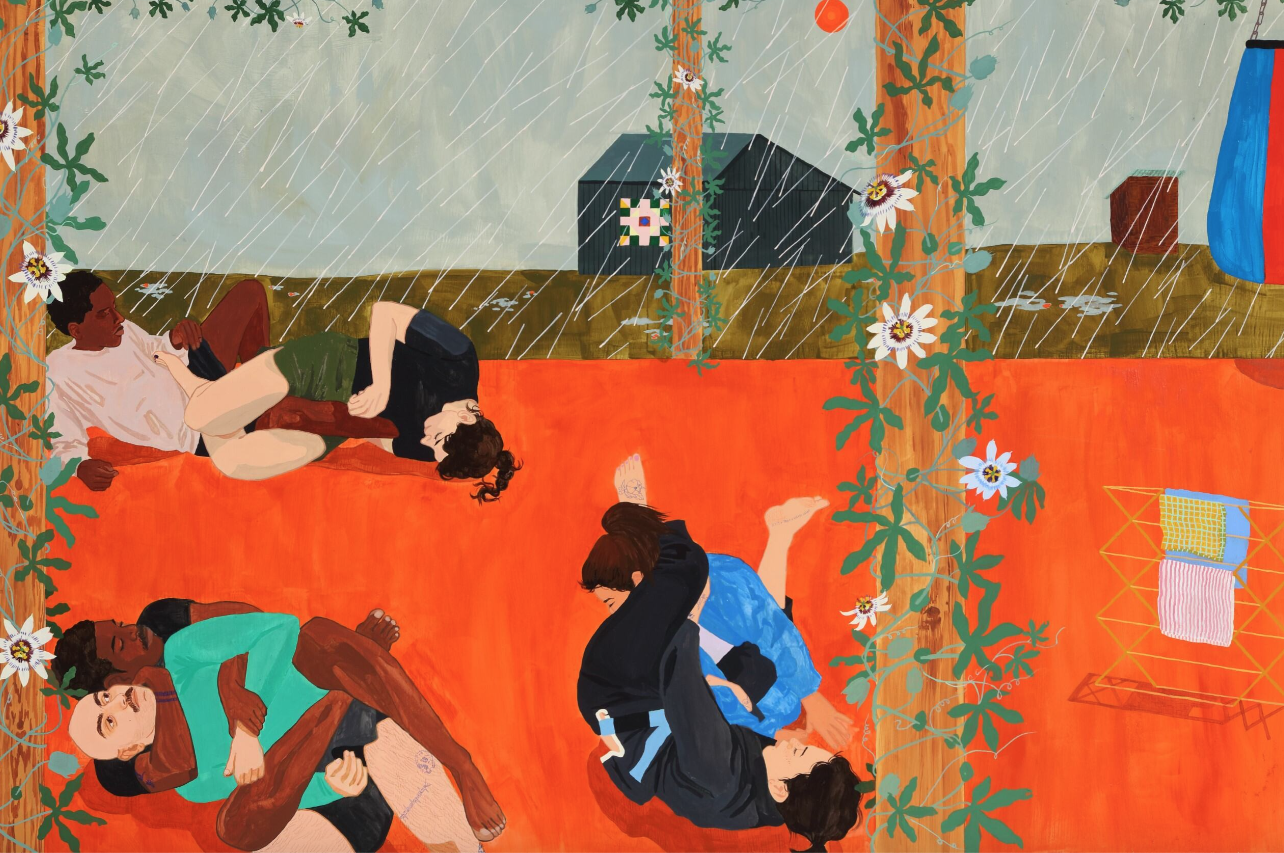
Originally launched in 2015 by Alexandra Fain and her father Claude Fain, Asia Now has grown in leaps and bounds over the past decade. From its inaugural edition presenting 18 galleries at Paris’s Espace Pierre Cardin, the Asian art fair then shifted to a private mansion on Avenue Hoche, before arriving in 2022 at its current location at the historic Paris Mint. Throughout the years, it has drawn an ever-growing roster of increasingly high-calibre galleries, which come from farther and farther afield – covering a vast scope from Central Asia to Asia-Pacific – and expanded its programme to showcase live performances and site-specific installations.
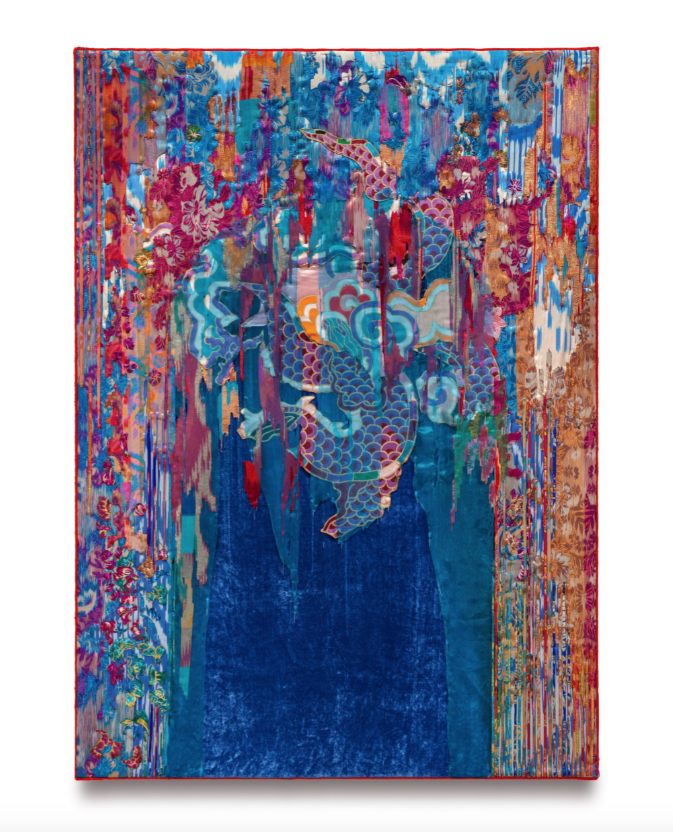
In celebrating its 10th iteration in October, which coincided with the prestigious Art Basel Paris fair, Asia Now brought together 70 galleries showcasing artists from 28 countries across Asia and its diasporas. Newcomers such as Esther Schipper, Zilberman, Sabrina Amrani, Kaikai Kiki Gallery and Warin Lab Contemporary joined returning participants like Perrotin, Galleria Continua, The Drawing Room, Nika Project Space, Galerie Marguo and Yeo Workshop, creating an impressive lineup.
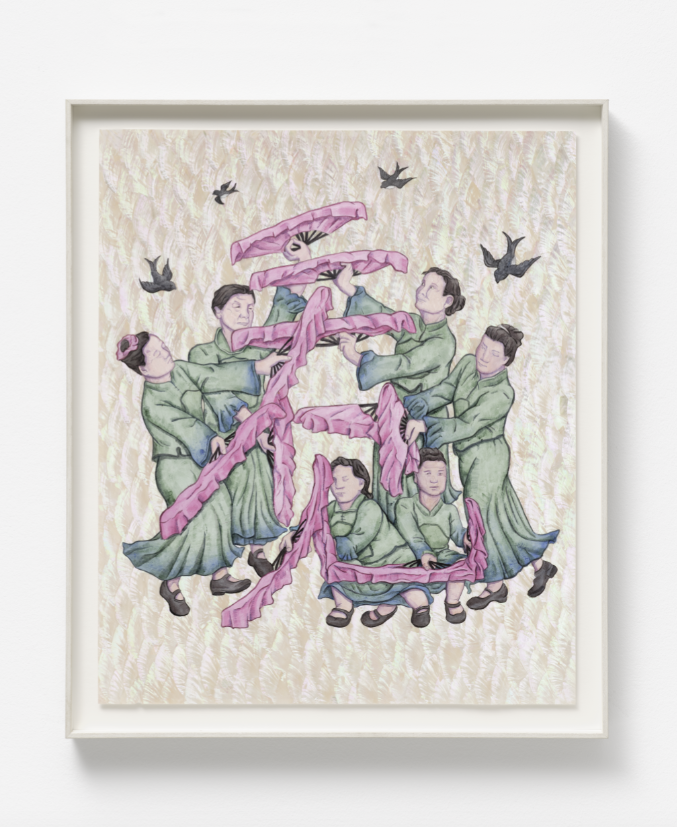
The fair reflected the growing prominence of Asian contemporary art in Europe, with contributions from artists hailing from countries such as China, Singapore, Malaysia, Vietnam, Japan, Palestine and Kazakhstan. Artworks ranged from Isaac Chong Wai’s scratched mirrors and glass panels, Daisuke Tajima’s detailed cityscapes and Mirna Bamieh’s ceramic objects to Ng Joon Kiat’s boxed watercolours on paper, Phi Phi Oanh’s lacquer paintings on glass slides and Gulnur Mukazhanova’s wool felt textile art.
Under the artistic direction of Nicolas Bourriaud and the curatorial cooperative Radicants, this milestone edition pushed the boundaries of a traditional art fair, transforming the Paris Mint into an immersive celebration of collective rituals and traditions. Moving beyond static displays, Asia Now offered a dynamic, multi-sensory experience with a focus on performative art, videos, dance, music and culinary creations.

Britto Arts Trust, a Dhaka-based non-profit artists’ organisation, presented an open-air family kitchen, where artists cooked and shared food and conversation, while Indian-South African artist and architect Sumayya Vally united earth, air, fire and water in a circular space built from stacked clay jars. Looking to the next 10 years, Asia Now aims to continue playing a pivotal role in fostering a more polycentric art world, amplifying voices from throughout Asia and beyond.
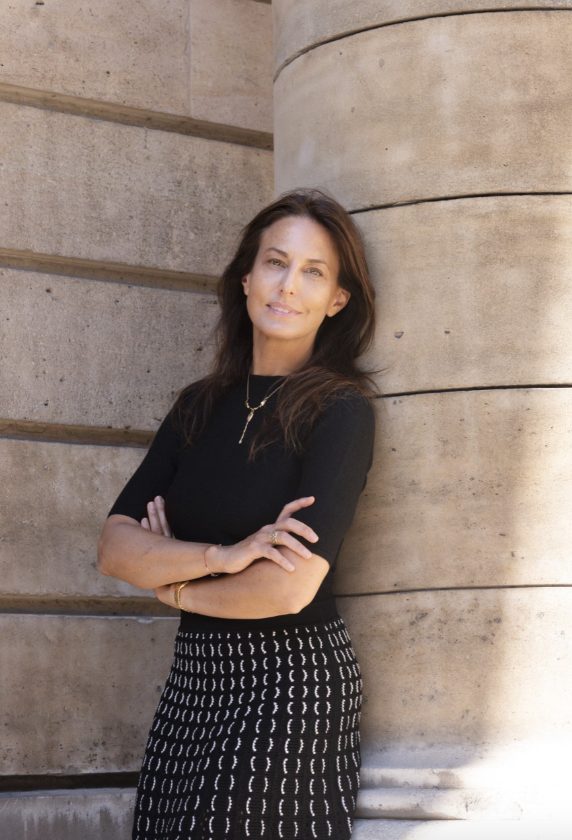
Reflecting on Asia Now’s 10th edition, how has the fair evolved since its inception in 2015, and what do you consider the most significant milestones in its journey?
Asia Now was born from a desire to provide visibility to an emerging Asian contemporary art scene that was still relatively unknown in Europe at the time. From its first edition we have focused on introducing galleries and artists who had never before exhibited in Paris. One key milestone was our inaugural edition, which featured prominent galleries like A Thousand Plateaus, Leo Xu Projects and Bank.
Each subsequent edition has been marked by key moments of artistic “firsts”, such as highlighting the contemporary art scene from the Philippines in 2016 or collaborating with the globally renowned architect Sou Fujimoto for our Japanese platform. Our journey reflects a constant evolution, expanding from Chinese contemporary art to embracing the broader Asian art scene, including South Asia, Korea and even Central Asia. A notable achievement was our persistence during the Covid-19 years, which saw us hosting the fair for local audiences, with the support of major galleries like Perrotin and Templon.
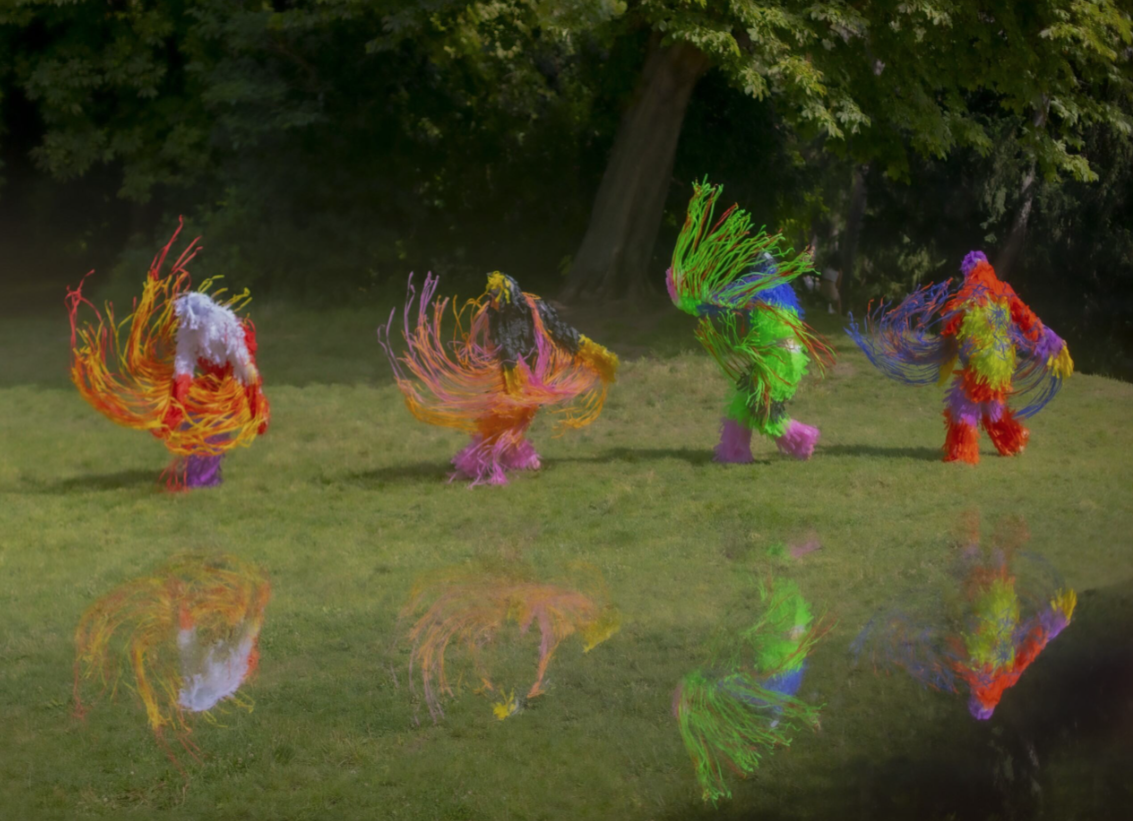
What do you believe makes contemporary Asian artists stand out in the global art world, and how does Asia Now showcase their unique value to collectors and institutions?
Contemporary Asian artists stand out because of their ability to blend traditional cultural elements with cutting-edge, global artistic practices. Whether through performance, new technologies or traditional mediums like ceramics and painting, they offer a unique lens on global issues such as identity, migration and technology. Asia Now showcases this distinctiveness by offering a platform for in-depth,curatedpresentations,asseen with our partnerships with galleries specialising in video art, or by inviting emerging artists. Our goal is to bring forward the richness and diversity of these voices, ensuring that collectors and institutions appreciate both their cultural context and their innovative approaches.
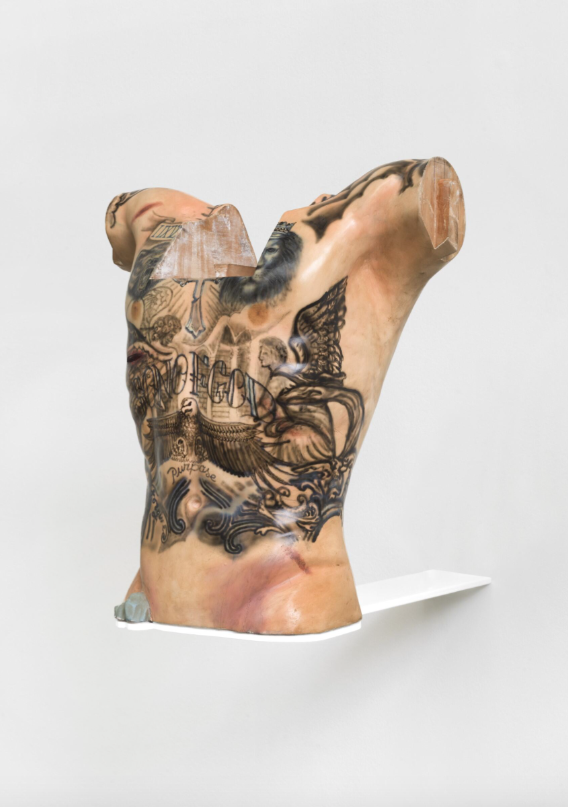
This year’s edition of Asia Now featured many talented participants. Which artists, galleries, site-specific installations, projects or performances stood out for you, and who should collectors or art enthusiasts be following closely?
This year, several projects stood out, especially those that emphasised interaction and participation. For example, the platform “Togetherness: Ceremonies of Interdependence” curated by Radicants explored rituals and their role in fostering community and empathy. Artists like Mirna Bamieh, Isaac Chong Wai and Charwei Tsai had particularly exciting works, while galleries like Carlier Gebauer and Chi-Wen showcased strong video art projects. Performance was also a key highlight this year, with artists like Lu Yang and Sin Wai Kin continuing to push the boundaries of video art and digital expression. I would encourage collectors to follow these names closely, as they represent the future of the Asian art scene.
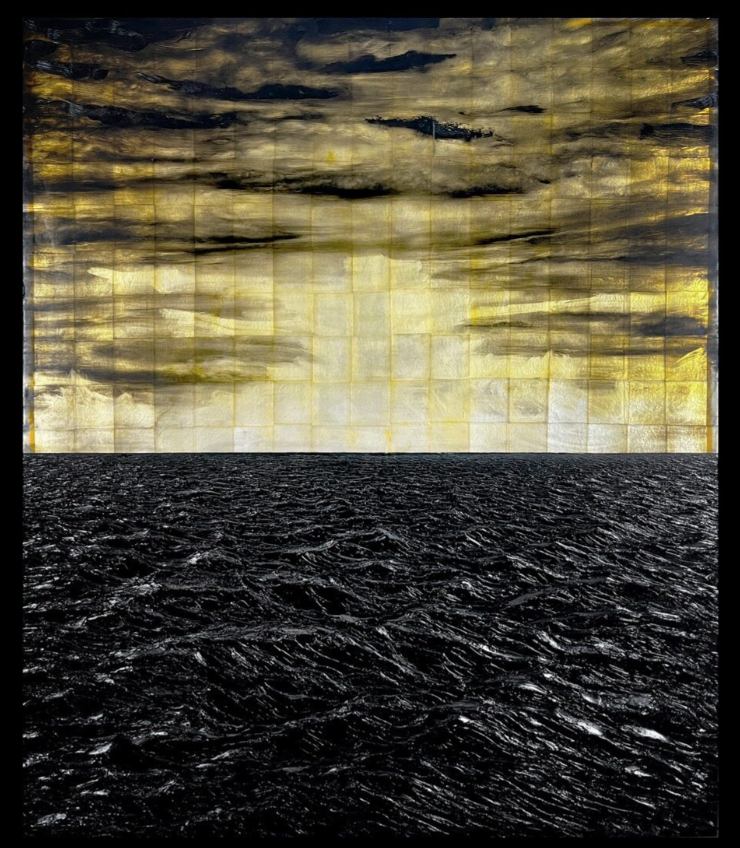
How do you see the potential for contemporary Asian art developing over the next decade, both within Europe and globally? What factors are driving this growth?
The potential for contemporary Asian art is immense, both within Europe and globally. We are witnessing a shiftintheglobalartmarket,wherecitieslikeTokyo, Seoul and Shanghai are becoming more prominent hubs. Factors such as the increasing interest from major collectors, the growth of art institutions in Asia and the rise of platforms like Asia Now are driving this growth. Over the next decade, I anticipate that Asian contemporary art will continue to challenge traditional hierarchies, with more focus on underrepresented regions like Central and Southeast Asia, as well as a greater appreciation for the interdisciplinary and digital practices of younger artists.
Also see: #review: A look at Zhang Yimou’s Macau 2049 residency at MGM Cotai


